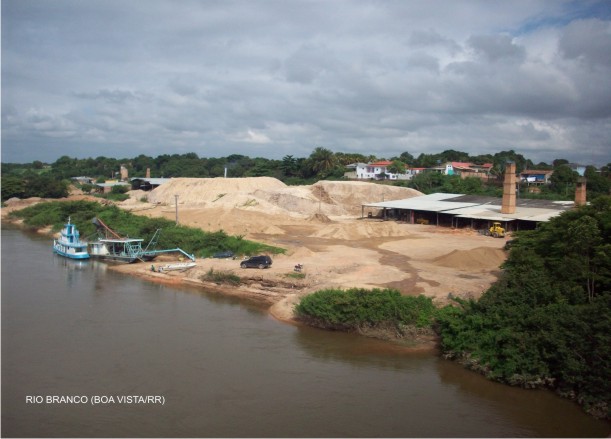TURISMO SUSTENTÁVEL NA PLANÍCIE COSTEIRA DE CANANÉIA-IGUAPE E ILHA COMPRIDA (SP) (Sustainable tourism on the Cananéia-Iguape and Ilha Comprida (SP) coastal plain)
DOI:
https://doi.org/10.5654/acta.v4i7.282Resumo
A planície costeira de Cananéia-Iguape e Ilha Comprida, no Estado de São Paulo, principalmente o município de Ilha Comprida transformou-se em um importante pólo de turismo de sol e praia, nas últimas décadas. Atualmente, a população fixa da cidade de Ilha Comprida, que não atinge 10 mil habitantes, é mais que decuplicada durante as férias escolares e feriados prolongados tão freqüentes no Brasil. Esses turistas, cujo interesse maior está voltado ao turismo litorâneo de sol e praia, têm promovido freqüentes incursões a outros atrativos turísticos, tais como os aqui caracterizados, que são os manguezais, os sambaquis e as dunas eólicas. Essas visitas são feitas sem qualquer controle, por livre iniciativa e sem monitoramento, e podem levar à degradação desses atrativos turísticos, bem como do ambiente natural circundante. Neste trabalho são caracterizadas as possíveis potencialidades ecoturísticas e/ ou geoturísticas desses atrativos, como novas alternativas de atividades turísticas, preocupadas com a conservação ou preservação geoambiental de natureza sustentável. Palavras-chave: Planície Costeira; Manguezal; Sambaqui; Duna Eólica; Ecoturismo e Geoturismo. ABSTRACT The Cananéia-Iguape and Comprida Island coastal plain, in the São Paulo State, Brazil, mostly the Comprida Island municipality was transformed into an important bathing-place tourism pole, in the last decades. Presently, the Comprida Island town fixed population, that still does not attain 10 thousand inhabitants, is more than tenfold increased during school vocations and extended holidays so frequent in Brazil. These tourists, whose major interest is related toward the bathing tourism, have promoted frequent incursions to other touristic attractions, like that characterized here, that are the mangrove swamps, shell-middens and eolian dunes. These visits are done without any control, by free initiative and without monitoring, which cause possible degradation of these touristic attractives, as well as to the surrounding natural environments. This paper establishes their the probable ecotouristic and/ or geotouristic potentialities of these attractions, as new alternatives of touristic attractions, much more preoccupied with the geoenvironmental conservation or preservation of a more sustainable nature, were characterized. Keywords: Coastal Plain; Mangrove Swamp; Shell-Midden; Eolian Dune; Ecotourism and Geotourism. DOI: 10.5654/actageo2010.0407.0010Downloads
Downloads
Publicado
Edição
Seção
Licença
PORTUGUÊS A Revista ACTA Geográfica deterá os direitos autorais dos trabalhos publicados. Os direitos referem-se a publicação do trabalho em qualquer parte do mundo, incluindo os direitos às renovações, expansões e disseminações da contribuição, bem como outros direitos subsidiários. Os(as) autores(as) têm permissão para a publicação da contribuição em outro meio, impresso ou digital, em português ou em tradução, desde que os devidos créditos sejam dados à Revista ACTA Geográfica.
ENGLISH ACTA Geográfica Journal will obtain the auctorial rights for all published texts. This also implies that the text can be published anywhere in the world, including all rights on renewal, expansion and dissemination of the contribution, as well as other subsidiary rights. The author’s get permission to publish the contribution in other medias, printed or digital, itmay be in Portuguese or translation, since the publication is credited to ACTA Geográfica Journal.

Este obra está licenciado com uma Licença Creative Commons Atribuição 4.0 Internacional.










